‘A man’s home is his castle’ is one of the many, oft-repeated lines from the ‘90s classic Australian film The Castle. But just as this quote is true for humans, so too is it true for wildlife. An animal’s habitat contains everything it needs to survive and reproduce. If the habitat doesn’t contain enough of these things, the animal must forego breeding opportunities, move on, or perish. Simple as that.
Clearing of native vegetation to make way for agriculture and urban expansion has a long and ongoing history in Australia. Land that makes for the most productive agriculture also happens to be that which supports the most fertile forests and woodlands. Consequently, land clearing has preferentially occurred on the most productive areas of habitat for many species. Not only does this mean we have lost much of the most important habitat for our wildlife, but it has also left the more marginal patches that do remain isolated from other areas of habitat.
Driving along the Hume Highway between Melbourne and Sydney is a stark reminder of just how widespread human modification of the landscape has been. The view from the car window is mostly just paddocks with a few scattered trees as far as the eye can see. This view is not unique. You could drive many other major roads in the country and the impression would be the same.
The land either side of the Hume would once have supported extensive forests and woodlands that were prime habitat for Regent Honeyeaters, a species that is now one of Australia’s rarest birds. Historic accounts make it clear that this species wasn’t always so rare. Flocks of hundreds of Regent Honeyeaters were commonly reported, and it was even described as the most common bird in some locations. But as their habitat made way for agriculture, their numbers declined. Today, there are estimated to be fewer than 500 Regent Honeyeaters in the wild.
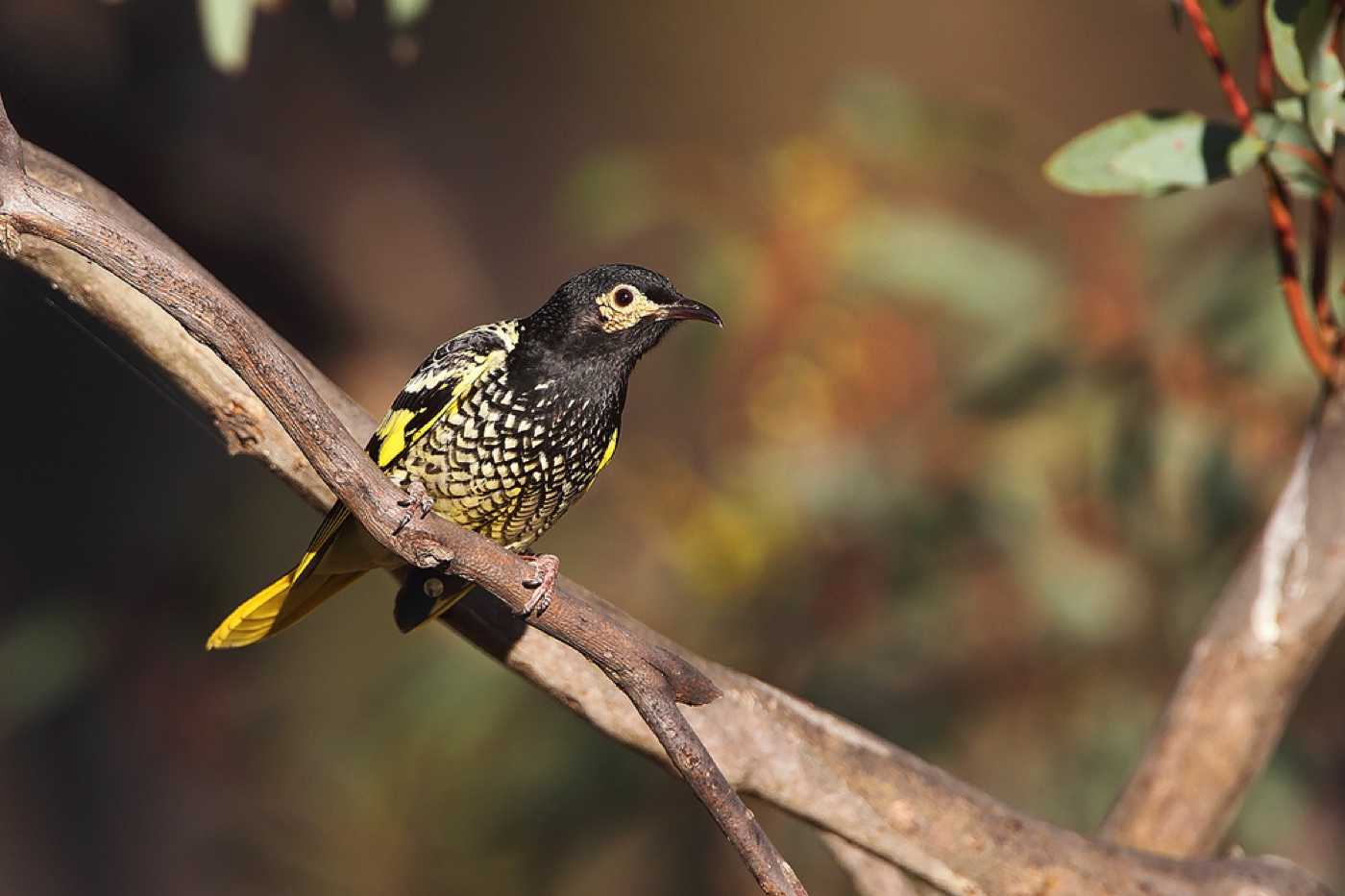
Regent Honeyeaters, as their name suggests, feed mostly on nectar (sweet, sugary secretions) produced by flowers of eucalypts and mistletoes. The different nectar-producing species flower at different times of the year, making food available for Regent Honeyeaters year-round. However, in small patches of forest there may not be enough flowering trees at any one time to provide sufficient food. This deficit is compounded by competition with many other species of honeyeaters, lorikeets, bees, and other nectar-feeders. Furthermore, nectar production varies from year to year and is dependent on a number of environmental factors, notably rainfall, so a forest that was suitable in one year may not be suitable the next. For this reason, Regent Honeyeaters are nomadic, moving across the landscape rather unpredictably in search of habitat that currently offers suitable foraging. But land clearing means they have fewer options available and must now travel greater distances over intervening agricultural land to reach their next meal.
Regent Honeyeaters have received concerted research and management activity for a number of decades. Yet, despite this hard work, their population has continued to dwindle. However, there are signs that these sustained declines may have been arrested in the last few years. ‘Going on the total number of individuals sighted/reported to us each year, and taking a maximum count at each “site” as a way of avoiding double counting, since 2009 it’s fluctuated between 70 and 200 birds with an average of about 135 birds per year,’ explains Dean Ingwersen, BirdLife Australia’s Regent Honeyeater Recovery Coordinator.

Halting the precipitous decline has been the result of work on a number of fronts. For example, Ingwersen and his colleagues have consulted with landholders to spearhead the placement of nearly 2,800 hectares of conservation covenants (legally binding, permanent protection) aimed at protecting woodland birds on private land across the country. Almost half of this has been targeted at high quality and potential habitat for Regent Honeyeaters on private property in New South Wales. ‘From 2000 to 2010, about 65% of all Regent Honeyeater records were from private property. We therefore wanted to supplement revegetation works by making sure key parcels of extant habitat on private property were conserved with the highest level of protection available,’ says Ingwersen.
In addition to establishing covenants, a series of captive release programs has also been conducted. These programs have seen 287 Regent Honeyeaters, bred at facilities including Taronga and Adelaide Zoos, released in core habitat to join the wild Regent Honeyeater population. Measures such as these have proved a big boost to the prospects of the Regent Honeyeater. They have increased public awareness for the plight of the species, engaged hundreds of volunteers, and instilled a sense of connection with the bird.
They have also produced tangible success stories, such as successful breeding between wild Regent Honeyeaters and captive release birds. Ingwersen sees the value of the work that has already been done, but recognises that saving this species will require more. ‘Improving nesting success in the wild (which is a combination of predator and competitor control), at the same time as continuing to supplement the population through captive releases, I think will be the key actions to implement over the coming years,’ he explains. There will also be a need for actions that provide sustained benefits long into the future. ‘We also need to be monitoring the birds well to see if management interventions are making a difference, as well as continuing revegetation and covenants,’ adds Ingwersen. If there is any hope that in the future Regent Honeyeaters will no longer need ongoing management actions, clearly these latter two measure will be important to provide a sufficient network of suitable habitat to support a viable population. The dramatic population decline observed over the last century demonstrates that the reality they currently face is a long way from being able to provide such a habitat network.
But there are reasons for optimism on this front too. Substantial revegetation work has been carried out in a number of parts of the Regent Honeyeater’s range. In north-east Victoria, the Regent Honeyeater Project has been operating for the last 21 years. During this time, the Project has re-planted 1,600 hectares of farmland with indigenous plants to help increase the habitat available for Regent Honeyeaters. Similar work is also underway in the Capertee Valley in New South Wales.
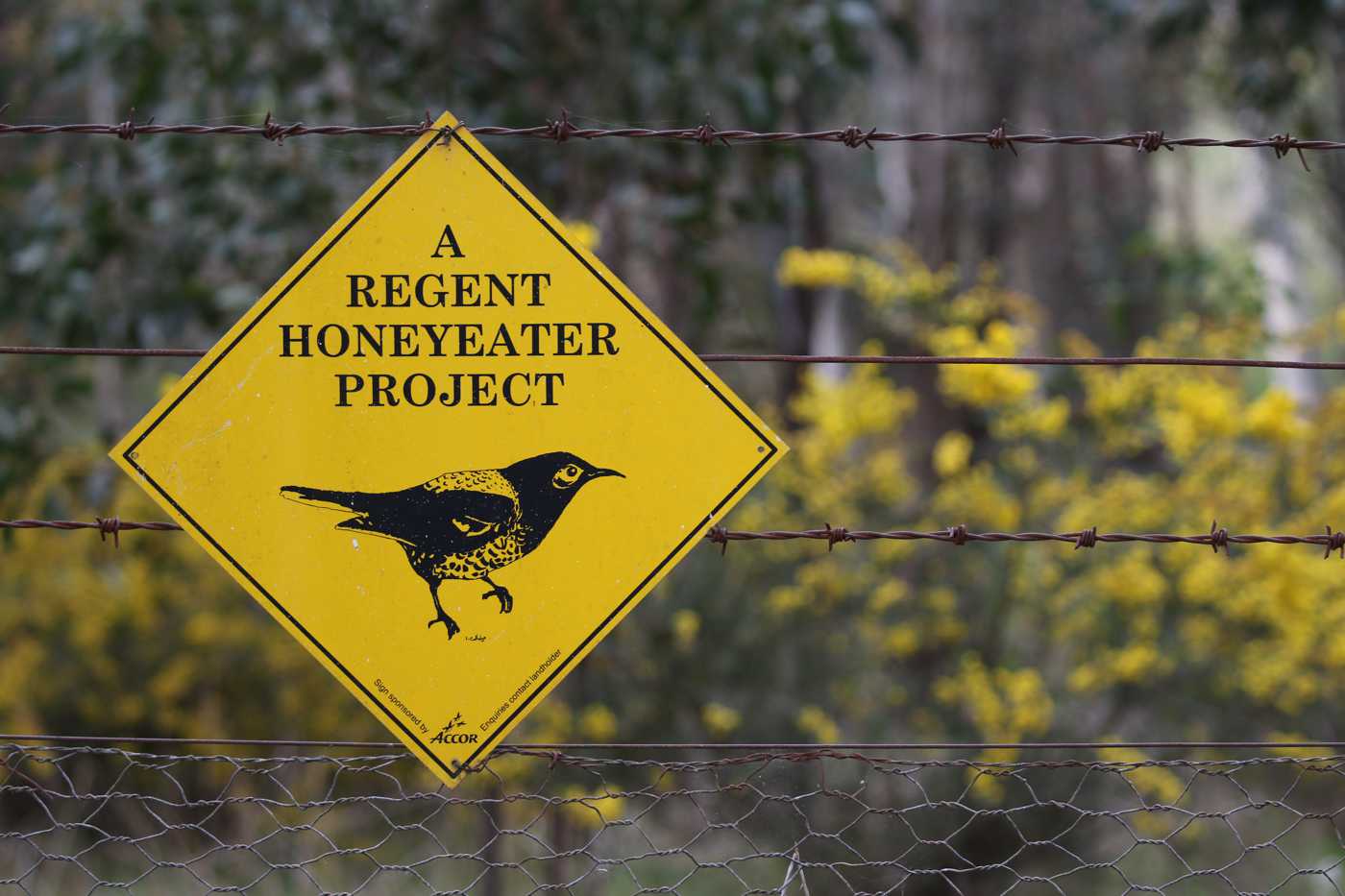
As these plantings mature, they will begin to provide habitat in areas where clearing had previously removed it. Large, old trees are the best sources of nectar, so it will be many years until this newly re-established vegetation reaches its optimum habitat value for Regent Honeyeaters. Nevertheless, these plantings are already having a very positive effect on populations of other woodland-dependant species of conservation concern, such as the southern sub-species of Grey-crowned Babbler, Diamond Firetail, and Painted Honeyeater.
The benefits of restoring habitat for these birds are a clear indication that many species, in addition to Regent Honeyeaters, are threatened by a lack of suitable habitat. And the problem is more widespread than the forest and woodlands of eastern Australia. In Western Australia, the Carnaby’s Black Cockatoo is widely acknowledged to be threatened by habitat loss due to human population expansion and agriculture in the Perth region. Similarly, loss of nesting habitat for Swift Parrots and Forty-spotted Pardalotes in Tasmania is threatening their survival, and Red Goshawks are threatened by vegetation clearing across northern Australia.
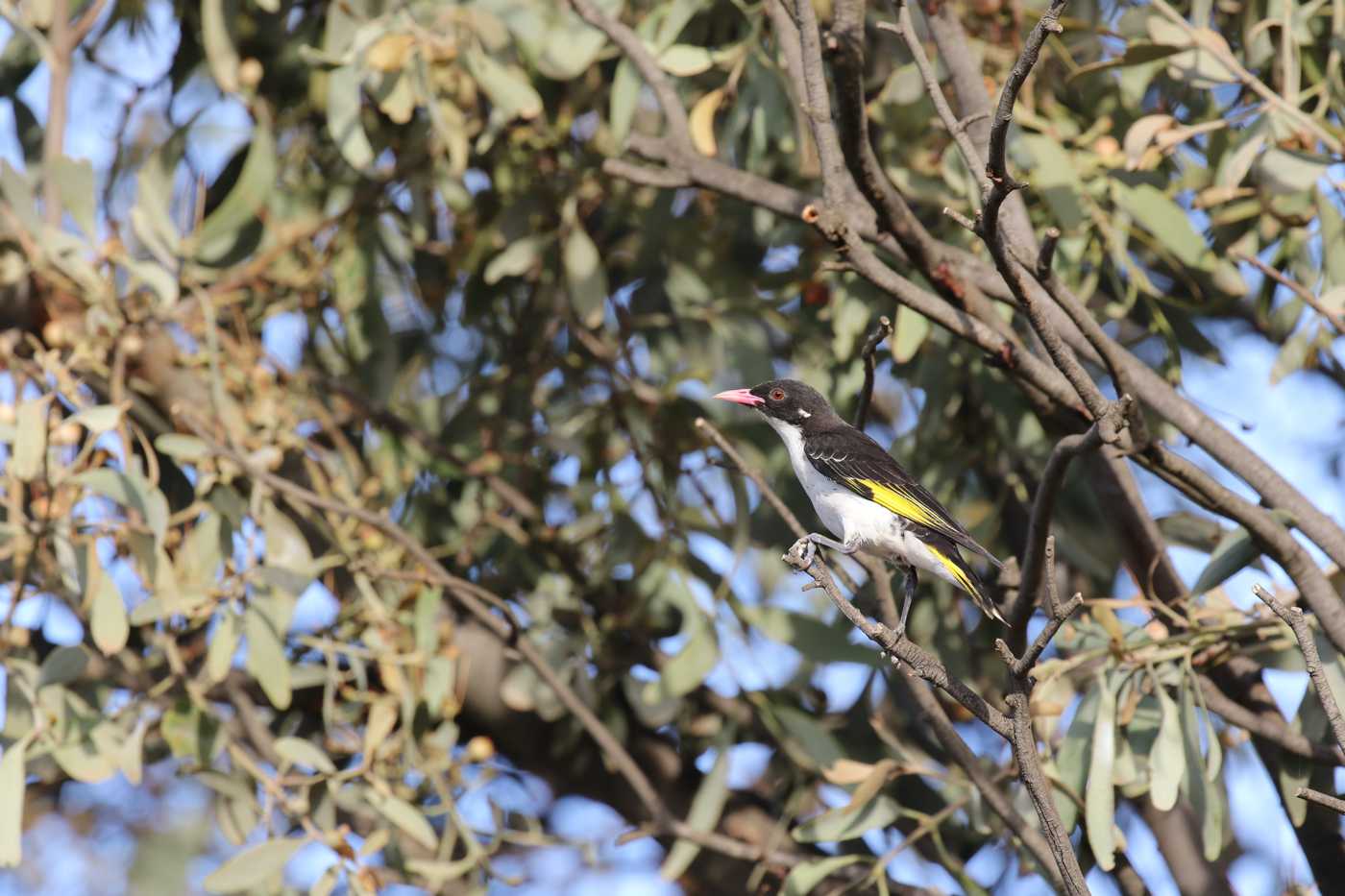
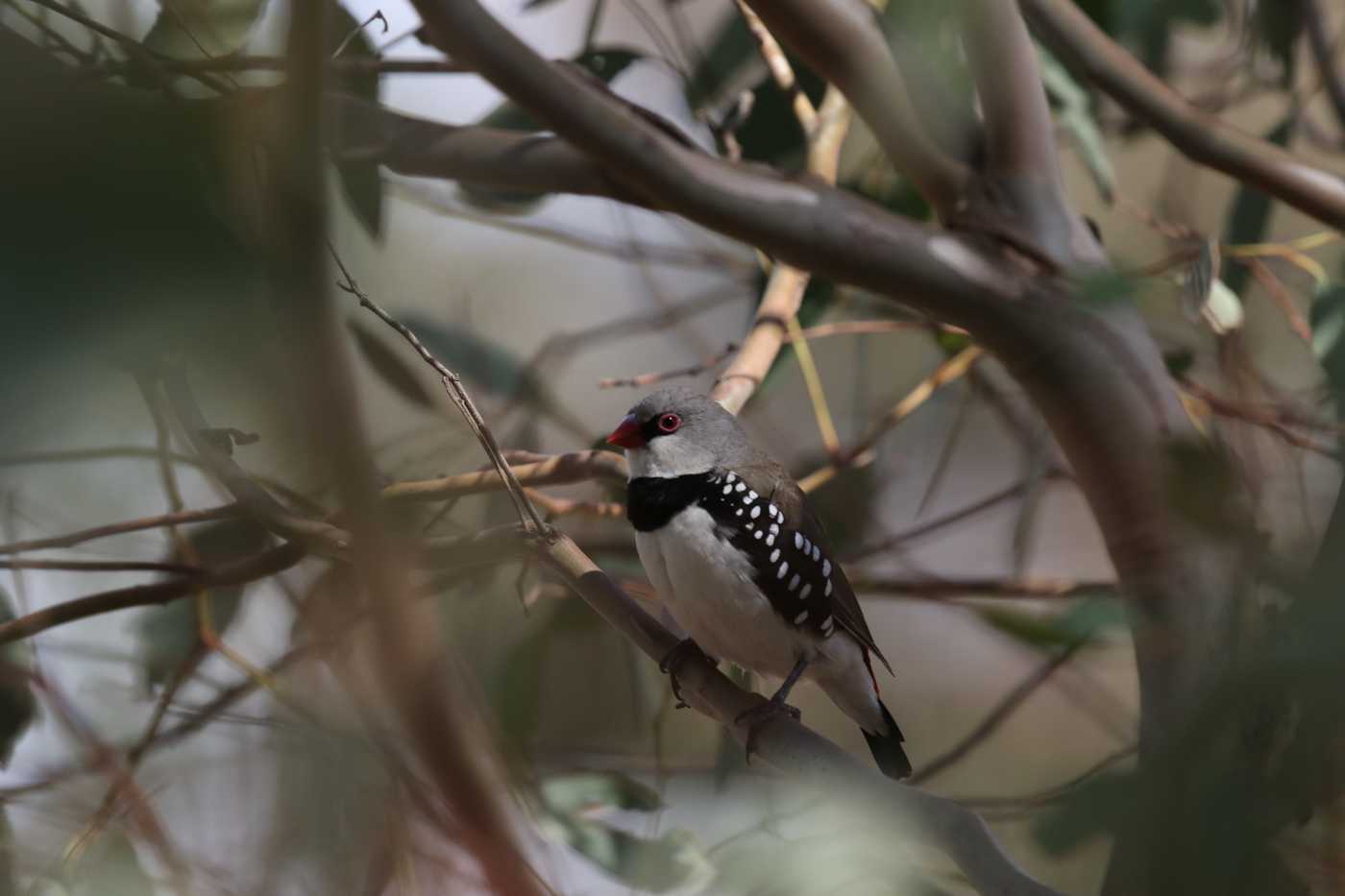
In the case of the Regent Honeyeater, hope lies in the efforts of Ingwersen and his colleagues, sympathetic landholders, the many volunteers who continue to contribute across a range of projects, and a bit of luck. With many of the earliest revegetation efforts now reaching maturity, the benefits that they provide may be kicking in just in time for the Regent Honeyeater. It’s unlikely that we will ever see this species described as abundant again, but there is hope that all of the toil to save this species might not have been in vain.
If you are lucky enough to see a Regent Honeyeater, please take note of the number of birds, whether they are wearing leg bands, and any other significant activity e.g. breeding. This information can be passed onto Dean Ingwersen at [email protected]
The other articles in our Australia’s Rarest Birds series can be found here.
Banner image courtesy of Dean Ingwersen.

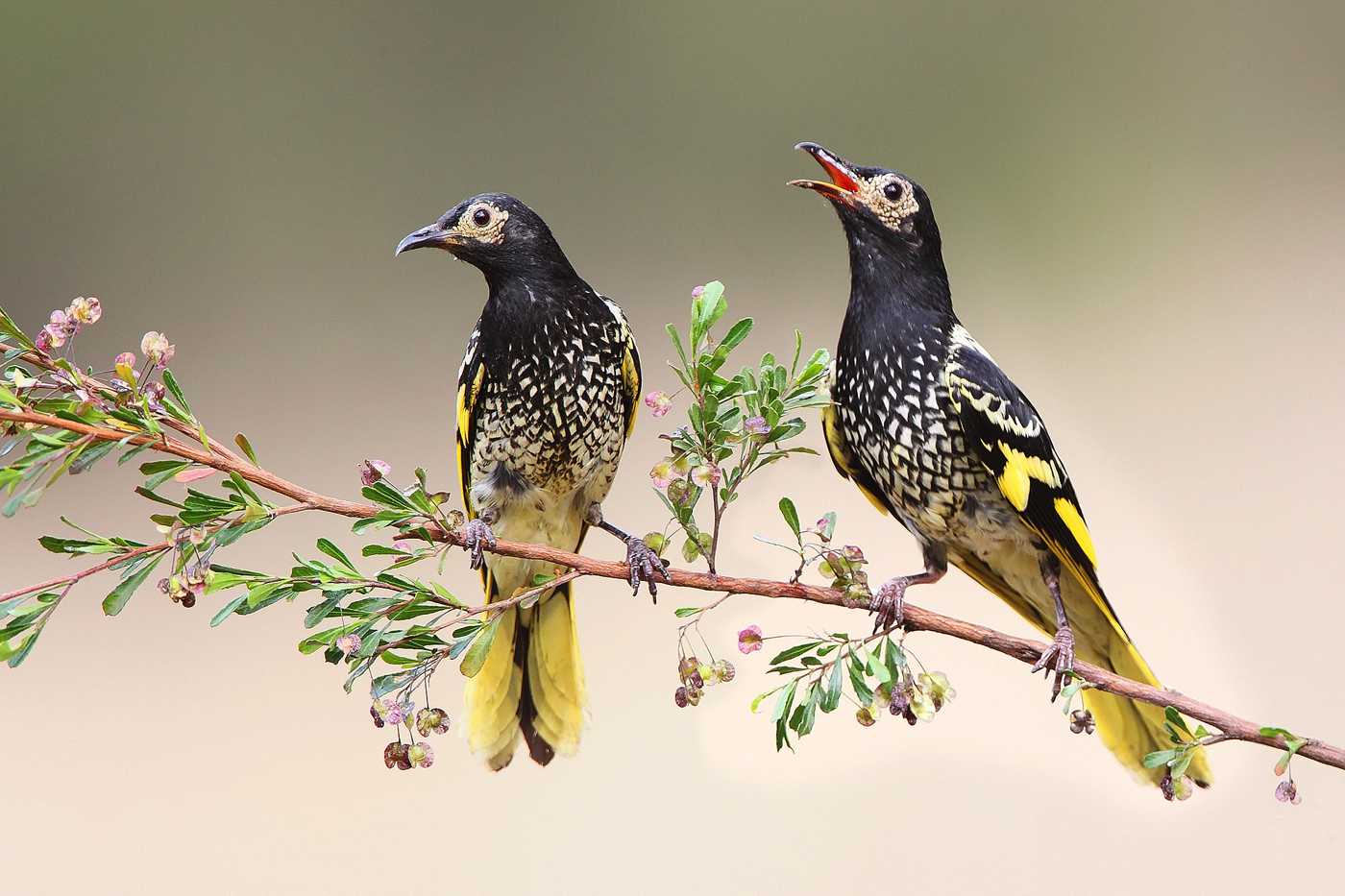
Leave a Reply